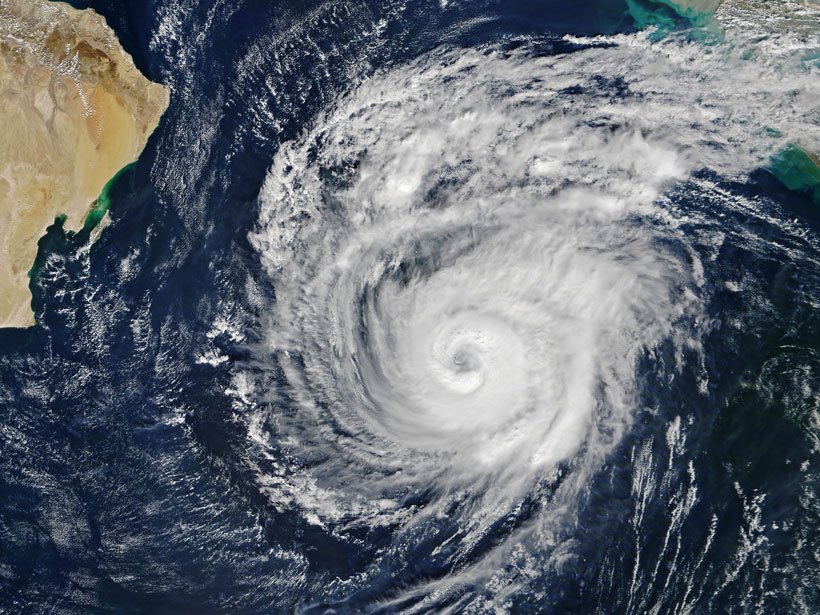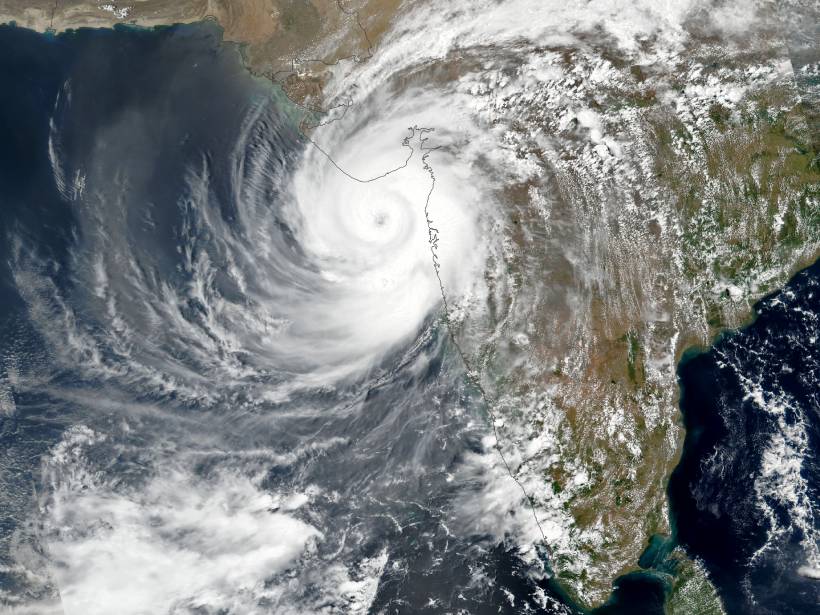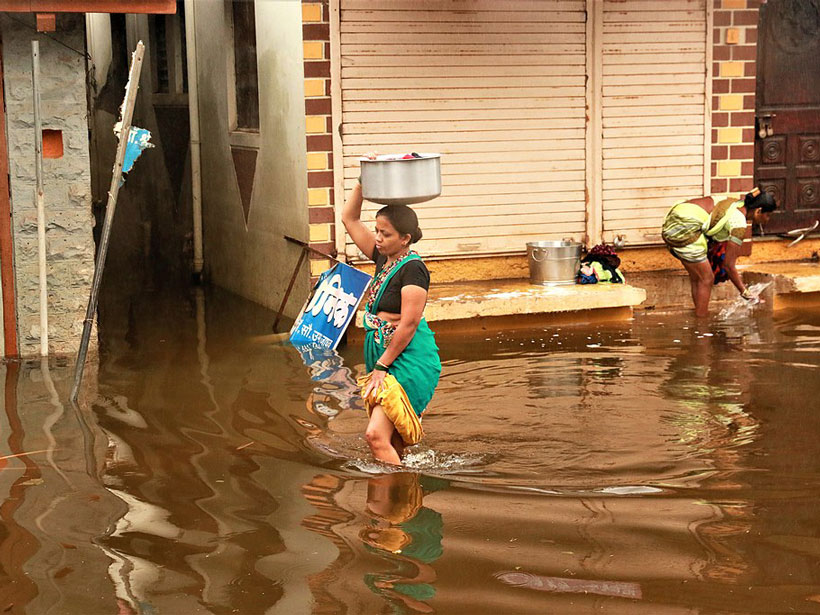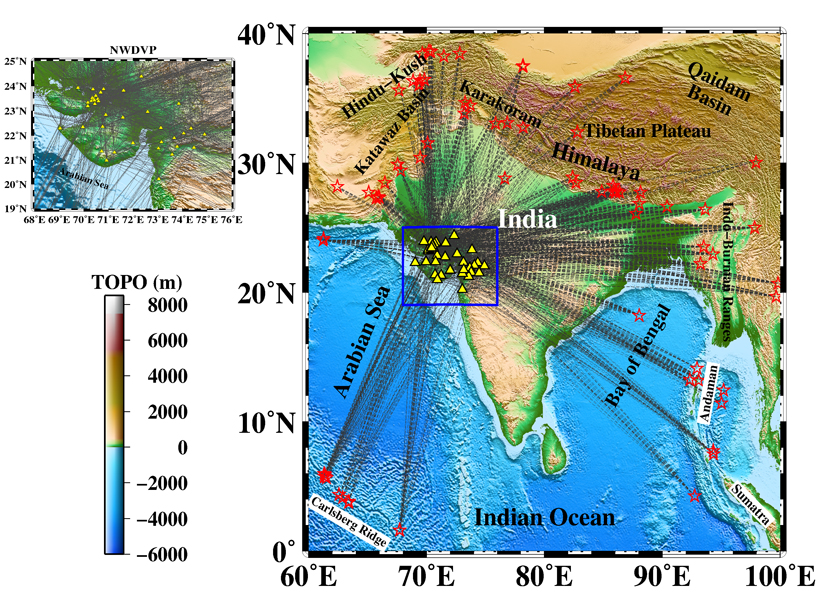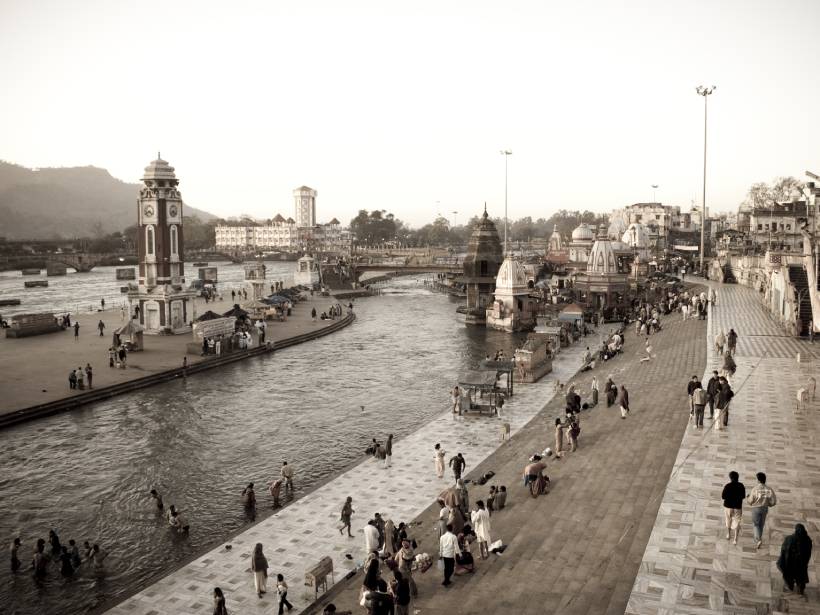A new study found significant increases in the intensity, frequency, and duration of cyclonic storms over the Arabian Sea. Is the west coast prepared?
India
Specifically Tailored Action Plans Combat Heat Waves in India
The frequencies of heat waves and heat-induced mortality have soared in India. Now government agencies and research organizations are developing city-specific action plans to mitigate heat impacts.
Indian Cities Prepare for Floods with Predictive Technology
The number and intensity of floods are increasing—they can inundate neighborhoods in Chennai in just 15 minutes. New models can pinpoint and help warn vulnerable areas hours or even days in advance.
Siltation Threatens Historic North Indian Dam
Experts recommend reforestation campaigns to combat siltation at Bhakra Dam, one of the first infrastructure projects pursued by India after independence.
Cyclone Tauktae Documents a Climate Trend in the Tropics
The western Indian Ocean has been warming at a rate faster than any other region in the tropical oceans, a pattern that is contributing to more frequent and intense storm activity.
Why Are Women More Vulnerable to Flooding in India?
One state in India shows how policies that give women access to better resources has a real impact on mortality.
Migrant Workers Among the Most Vulnerable to Himalayan Disasters
Critics say companies are failing to develop adequate emergency procedures to protect construction workers on hydropower plants in the Himalayas.
Development and Climate Change Contribute to a Himalayan Tragedy
Infrastructure projects like roads and dams destabilize slopes and compound the effects of glacial floods and avalanches, scientists say.
Hunting the Source of Deccan Traps Volcanism Using Seismic Waves
Seismic velocity patterns beneath the Deccan Traps region in western India reveal its volcanic history.
Pharmaceuticals Pollute the Ganges
Scientists report a cocktail of antibiotics, anti-inflammatory drugs, and personal care products found near two pilgrimage cities along the river.

